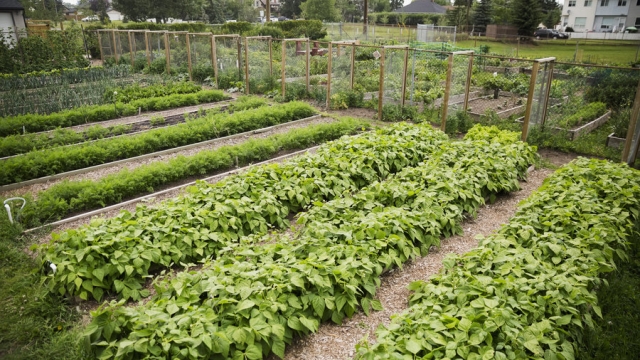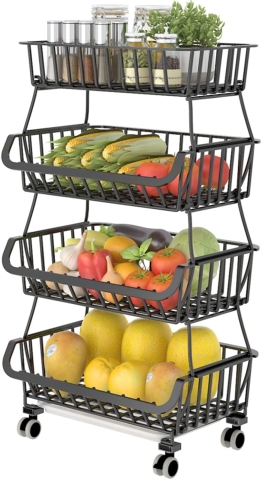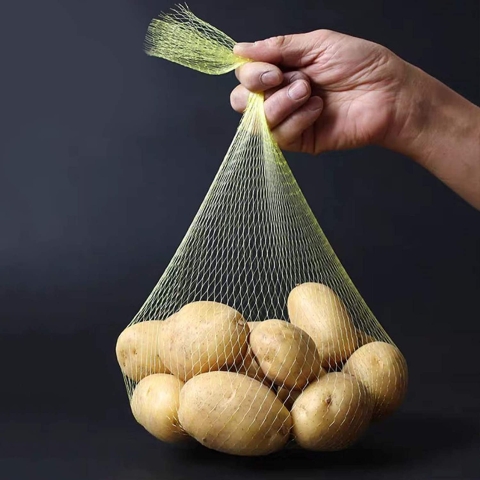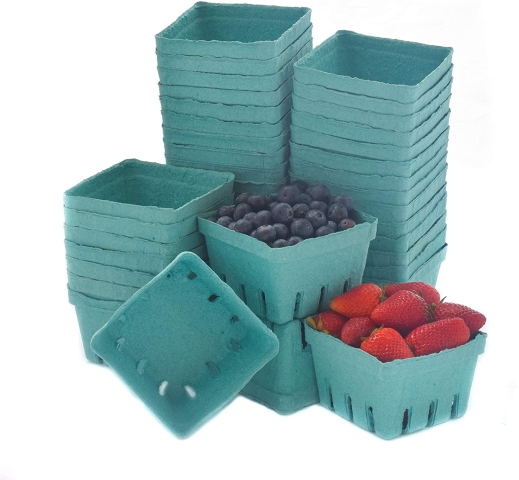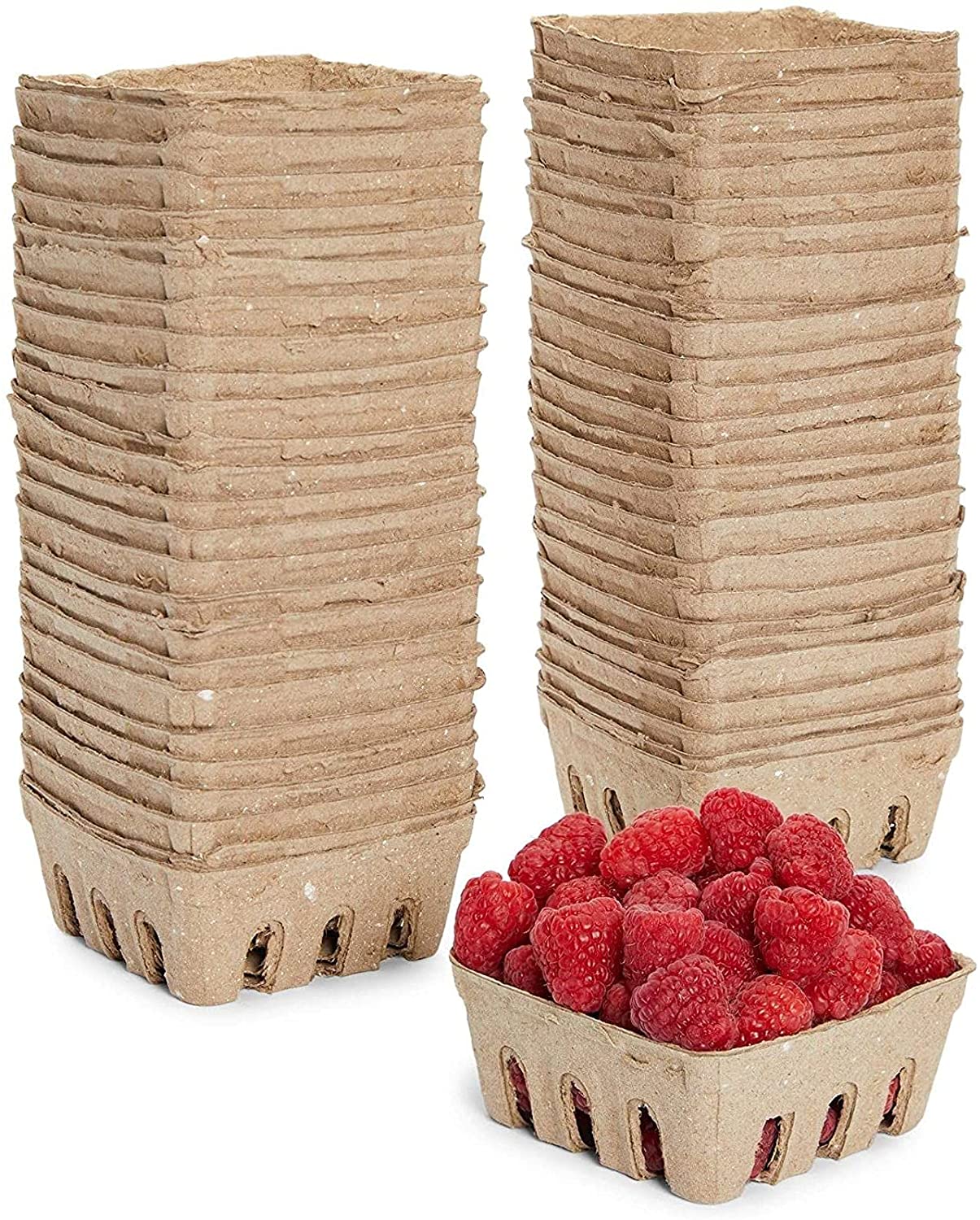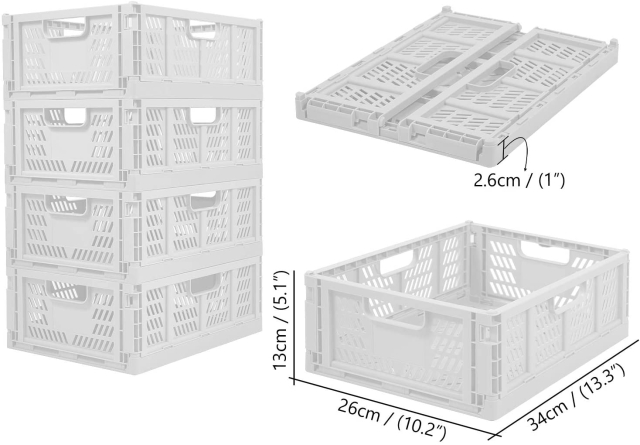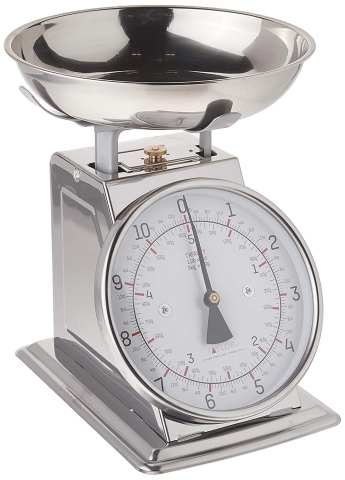(Click image for Article about Starting a Community Garden)
THERE ARE three specific types of Farming/Gardening Cooperatives. The first is a community garden (see article link above), the second is a gardening cooperative and last but not least is the farming cooperative. The gardening Co-Op is a gardening endeavor where a garden is built on private property,, managed and owned by the landowner. Community members can either contribute financially or physically to the growth and distribution of the resultant produce. Often community members will pay a monthly subscription, in return, once a month, they will be allocated a set amount of produce items grown within the Co-op garden. In lieu of payments, community members can volunteer to work on the garden, also receiving payment in the form of monthly produce allotment. Often the surplus produce will be sold at local farmers markets with the revenue from sales being used to upgrade the garden facilities, equipment and pay overhead expenses.
COMMUNITY GARDENS, alternatively, are often placed on public property (ie Church lots, unused city owned lots or available school yard space). These gardens are ran by a group of volunteers who receive an allotment of produce. Often the surplus produce from community gardens is donated to local charities, church food pantries, and shelters. The majority of building materials and equipment are often donated by community members. Here is another article about on "How to start a Community Garden".
THERE CAN often be cross-management between the above two types of Cooperatives where the Co-op may donate surplus produce or the Community garden may sell its surplus produce or utilize subscription services. The primary distinction is determined by who runs the garden and who owns the property where it's located.
THE THIRD TYPE - Farming Cooperative, is a unique form of marketing where multiple farms will group together to sell their produce together in a cooperative marketing effort. An example of this would the Garden to Table groups where the farmers involved will deterimine what products will be sold and then they determine who will grow which product and then the produce is all brought together and distributed to the customers. Farmers Markets could be considered Farming Cooperatives in the sense that all the Market provides the retail space and customers and the Farmers provide the produce and products. The difference would be that each Farmer accepts payment at their own booth while many Farming cooperatives pay the farmers for the sold product out of the total sales or they purchase the product from the farmers and resell it to customers.
Produce Display 3 Tier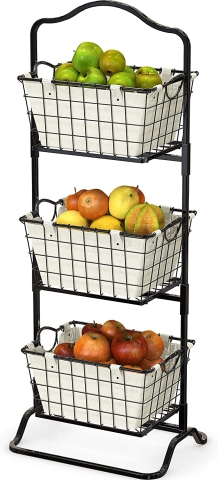 |
||
Produce Display 6 Tier Wheeled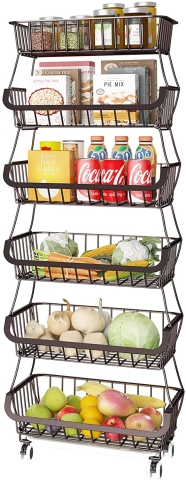 |
||
Fruit Basket - Wire Handle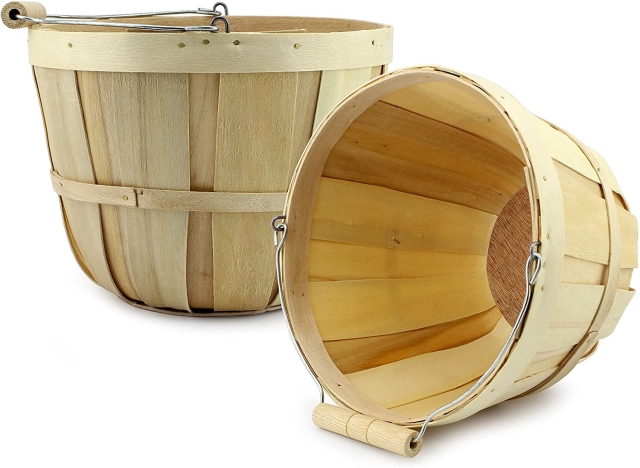 |
Fruit Basket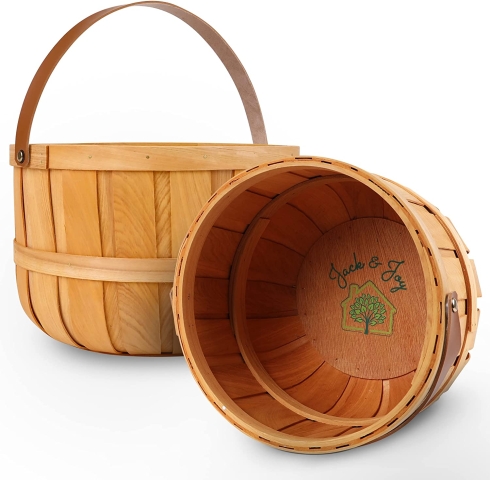 |
|
|
|
Frui





